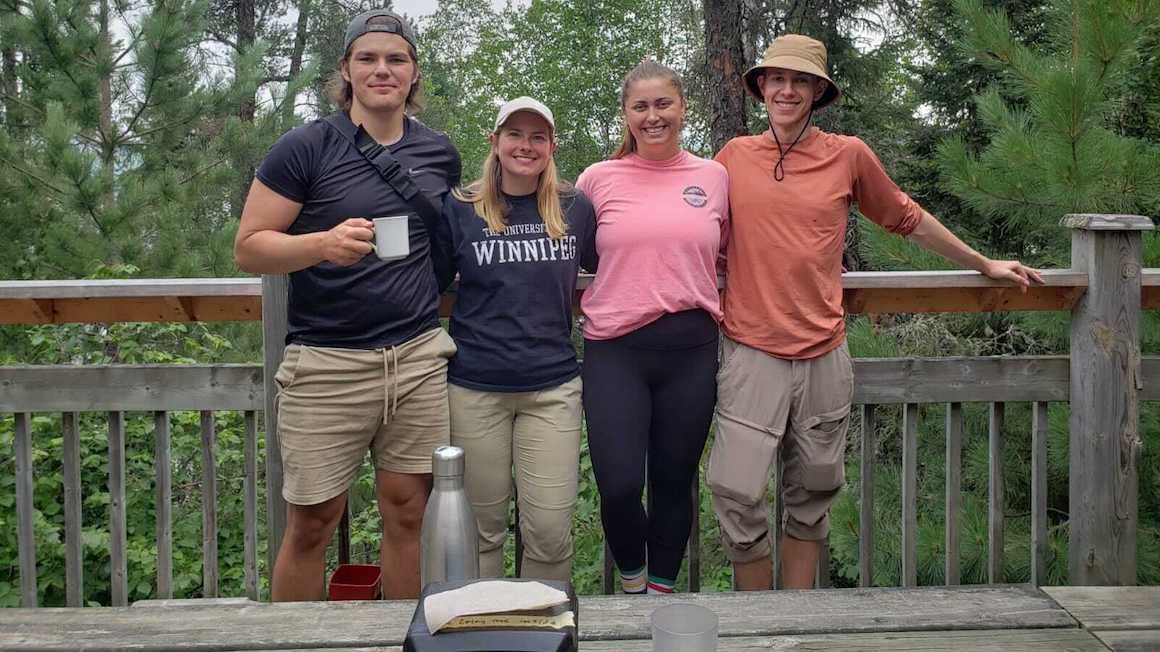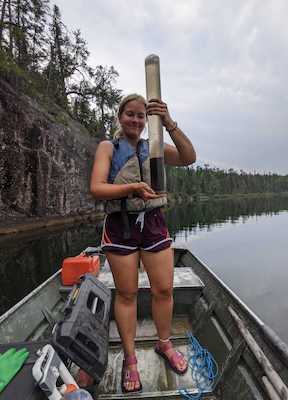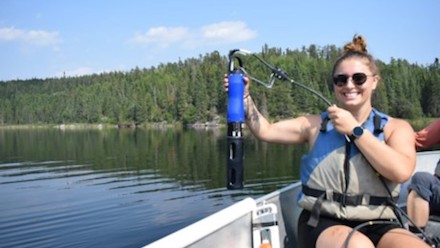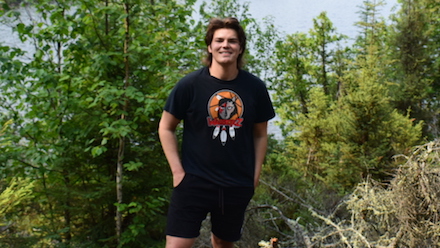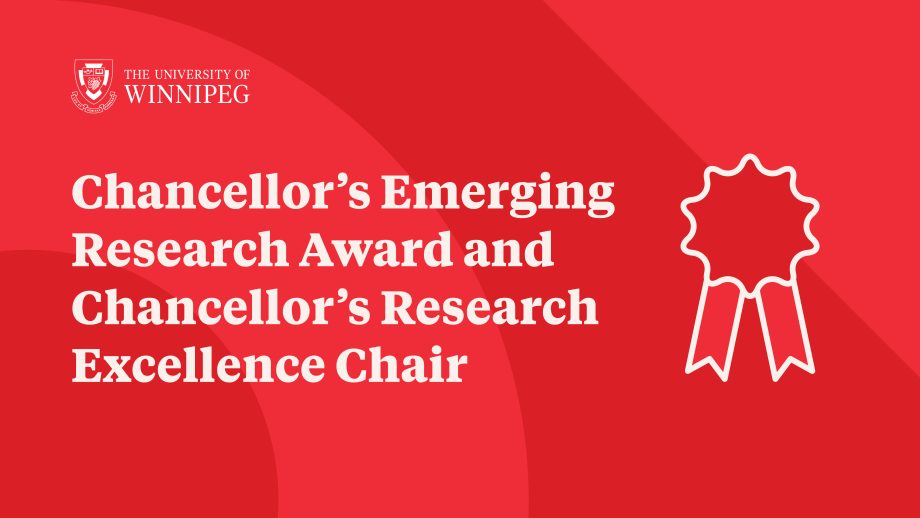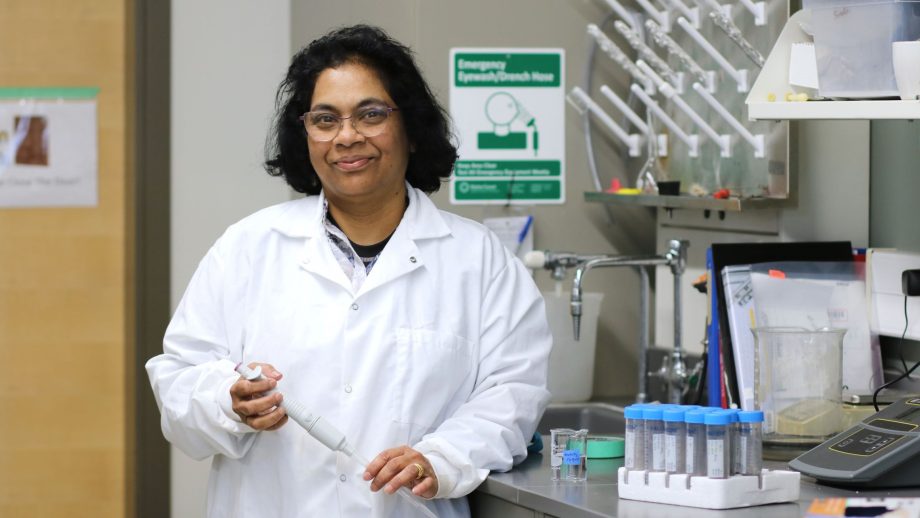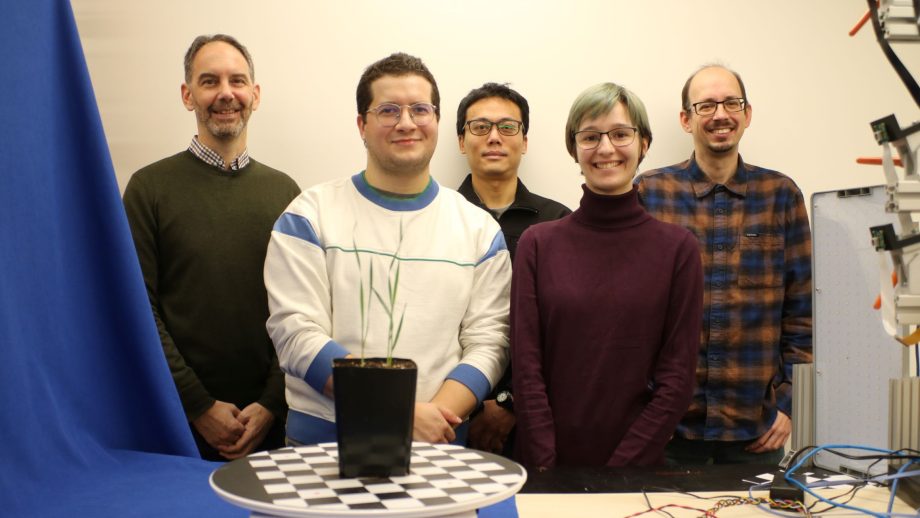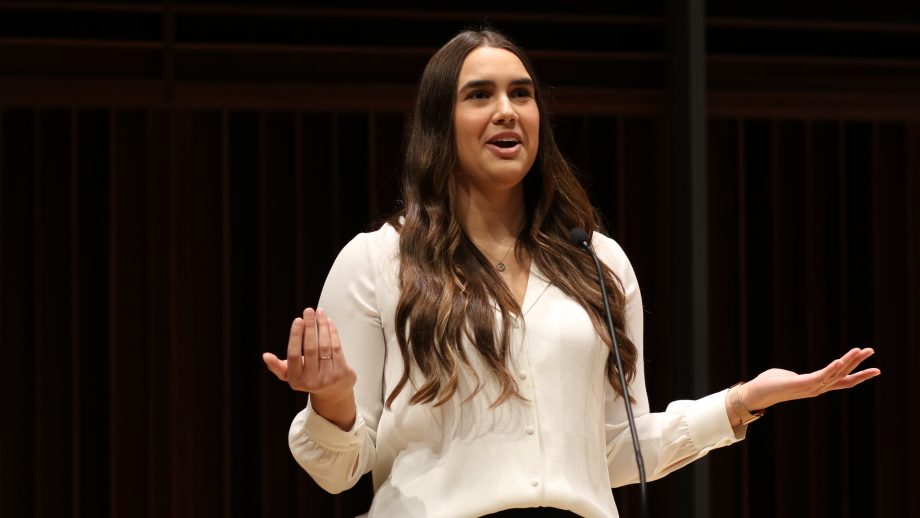For University of Winnipeg students engaged in geography and environmental sciences, summer is an exciting time for research. The warm temperatures, long, sunny days, and the break from classes create the perfect combination of conditions for field work.
It was amazing to be surrounded by like-minded, science-focused researchers who share a love for the environment.
Madelynn Perry
A team of UWinnipeg students, alumni, and researchers recently returned from a field research trip to the International Institute for Sustainable Development-Experimental Lakes Area (IISD-ELA).
Dr. Nora Casson, Canada Research Chair in Environmental Influences on Water Quality and Co-Chair of the new Master in Environmental and Social Change graduate program, and her team have been working with the IISD-ELA for the past seven years.
“We are so lucky to work at a premier ecological research site like IISD-ELA,” explained Casson. “We’re able to put short-term student projects in the context of the amazing long-term data sets collected by IISD-ELA researchers over the past 50 years, allowing us to draw out the processes behind patterns we observe in streams and lakes, and dig into the ways in which climate change is impacting this sensitive ecosystem.”
While all four students who participated in July’s research come from different backgrounds, the one thing they do share is their UWinnipeg experience and how it’s prepared them to apply the theoretical knowledge they learned in the classroom and use it in a research environment.
Meet the students!
Karl Friesen-Hughes is a current graduate studies student in the Master of Bioscience, Technology, and Public Policy program.
“At IISD-ELA, my work is focused on assessing how carbon moves and transforms as it goes from the landscape around Lake 239 to the lake itself,” he said. “This trip, we were primarily collecting soil water samples and soil samples. The field work involved a short canoe across the lake followed by long days of bushwhacking and hiking through the boreal landscape to get to each destination.”
“Each time I come to do field work here, I learn a new level of appreciation for bushwhacking. There is something so healing about weaving around the tree trunks, ducking under deadfall, and stomping through the wetlands. I have never felt more at home than in this photo.”
Catherine Goltz graduated from UWinnipeg in 2020 with a Bachelor of Science (Honors) in Geography and is a current graduate student at Wilfrid Laurier University.
“My data collection at IISD-ELA consisted of sediment coring the deepest point of 11 different lakes. I am collecting cores for an incubation experiment in which we apply varying concentrations of nitrate to the sediment,” she said. “We will then assess the subsequent release of iron to understand the influence of harmful cyanobacterial algal blooms. The field work associated with this project consisted of dropping the heavy coring equipment to the bottom of the lake and often pulling it to the surface empty. Sediment coring is definitely the most disappointing, yet rewarding field work I have done so far.”
“This trip to IISD-ELA taught me the value of having a support system when it comes to research. I greatly appreciated the collaboration with other researchers in the field and chemistry lab who fully immersed me in a scientific environment by sharing equipment and offering advice whenever needed.”
Madelynn Perry is an incoming graduate student in the Master in Environmental and Social Change program.
“This trip gave me the opportunity to gain some experience in field and lab work before starting my own research project in the fall. It was amazing to be surrounded by like-minded, science-focused researchers who share a love for the environment,” she said. “During my stay, I assisted Catherine Goltz with her project by collecting sediment cores and water from various lakes in the area. Catherine and I worked hard collecting cores and now consider ourselves to be expert corers.”
“We worked long hours in order to try and fit a full field season into two weeks, but I would not have had it any other way. Field work is so rewarding, and it was an honour to help other students and researchers with their projects.”
Bailey Pavcek is a Métis undergraduate student majoring in geography and a participant in the Indigenous Summer Scholars Program.
“This summer I had the privilege of being selected as an Indigenous Summer Scholar Program recipient, which allowed me to connect with Matt Morison, Nora Casson, and other scholarly peers on various biogeochemistry topics,” he said. “Biogeochemistry was out of my comfort zone as I am majoring in human geography, (but) the lab team was welcoming and encouraging which created an atmosphere I was able to thrive in. The pandemic restricted our community to online lab meetings, however, Catherine, Karl, Madelynn, and I were able to break through the online barriers by attending the IISD-ELA field site in July to work and assist Karl and Catherine with their respective projects.”
“In the field, I was able to apply the theoretical knowledge I had into practical skills. The guidance from my peers helped me learn various ways to sample sediment and work within a lab setting – previously I was not afforded the opportunity to practice these critical skills. Land-based education is something I have always appreciated as I get to actively practice reciprocity and learn from the land. I am forever grateful for the relationships that I created and knowledge I obtained while at ELA.”

